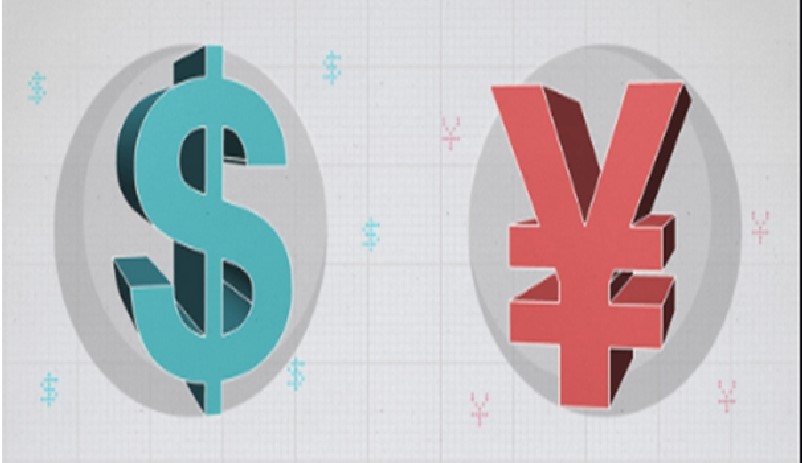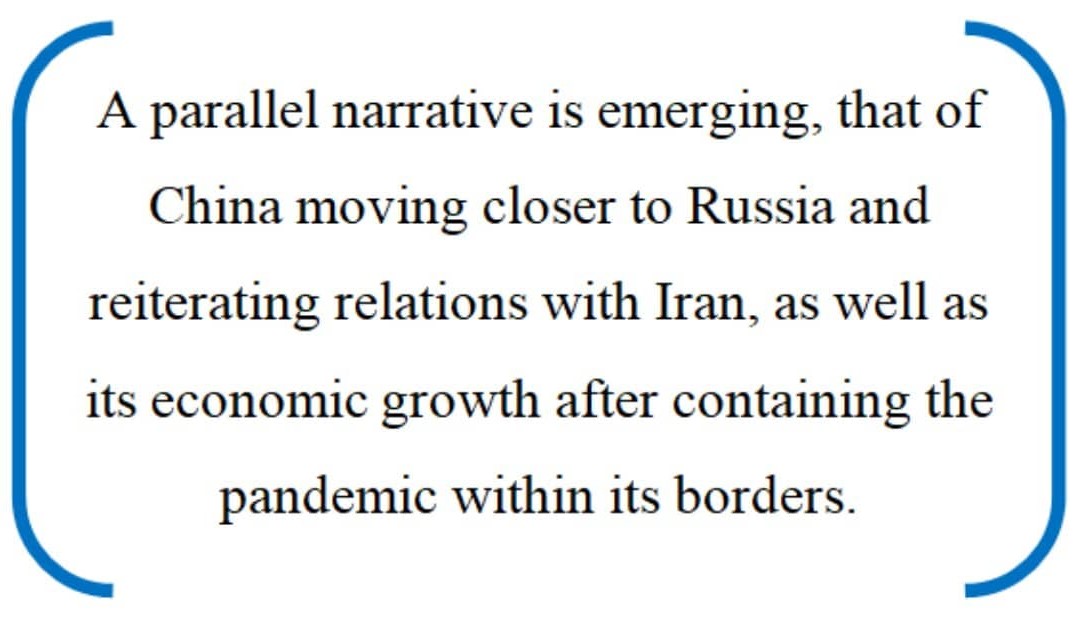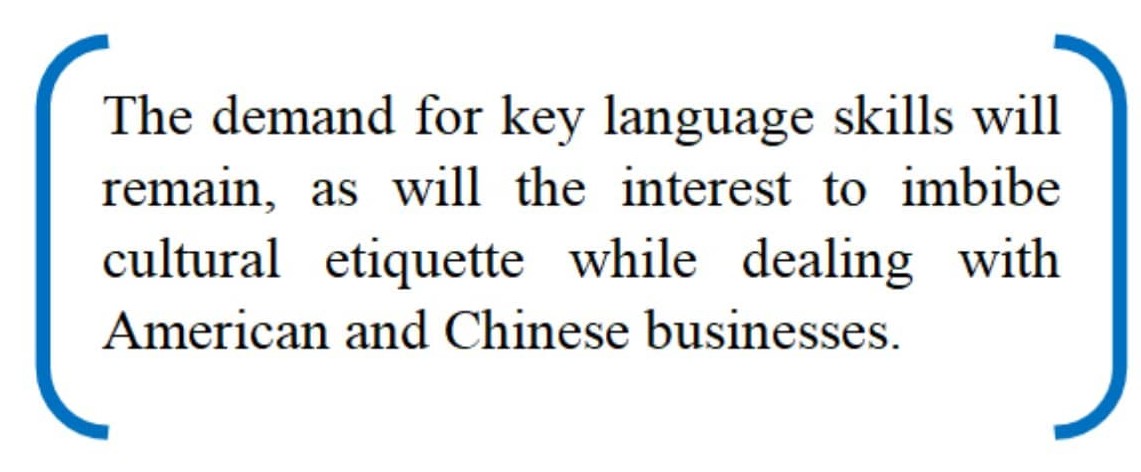Asma Masood, Associate Member, Chennai Centre for China Studies (C3S)
“Let’s make America great again” or “The Chinese Dream”?
Xi Jinping’s “Asian Civilization” or Donald Trump’s “America First”?
As the spread of coronavirus ebbs and rises, waves of opposing political narratives and ideological clashes continue to flow. Civilizational contrasts are observed as American calls for liberty clash with Chinese assertions on non-interference. As US condemns Chinese treatment of Uyghurs by sanctioning high-ranking Chinese officials, Chinese officials also face visa restrictions over the US insisting on greater autonomy for Tibet. Chinese media did not hold back on coverage and op-eds on the race riots in US after George Floyd’s killing.
While political and strategic analysts ponder on the above, queries also arise on how cultural contours have merged with commercial aspects and the significance of this interlinkage.

Cultural curiosity is no longer a forerunner to new market ventures, as was in centuries gone by. Instead, trade with upcoming markets has been leading to enhancement of cultural linkages since recent decades. Nevertheless, inquisitiveness about lifestyles in Western countries is a major factor in determining consumer behaviour in many developing states. This in turn helps drive international trade ties. However, there are occasions when these linkages fall short of translating into mutual success, as demonstrated by two scenarios. It is important to understand such shortcomings, as they offer a peek into how international relations can be managed in the coming decades.

Take the case of when Aung San Suu Kyi’s National League for Democracy (NLD) won the 2015 elections in Myanmar. At the time, there was global interest in the scope for the country’s fledgling industries such as finance, telecom and hospitality. Myanmar subsequently sought to develop cultural realms such as tourism. Fast forwarding to 2020, and the ongoing Covid-19 crisis, pressures from USA due to the Rohingya issue and a shaky outlook for the government have reverted Myanmar to uncertainty, with foreign investors stepping back. The US views that Myanmar’s conceptualization of democracy is not all-inclusive as in the case of the Rohingyas, hence leading to USA’s ‘financial distancing’ from the country.
While Western historians and cultural scholars keenly study ancient Persian culture, they would face challenges in carrying forward this interest into the Iranian ethos today. Geopolitics block not only prospects for commercial forays into Iran, but also shape perceptions and impede communication pathways. Intriguingly, this has not dampened Iranians’ appetite for American goods. This is in spite of strategic tensions with the US, current American sanctions and an influx of Chinese goods. The US is scoring domestic points in alienating the Iranian leadership, however, Iran’s common citizens continue to complain of narrowed access to American supplies, including medical supplies for treating coronavirus.US sanctions also led to Iranians losing access to electronic goods fromJapan and South Korea.

In either matrix, it is clear that China is gaining an edge. The country is ensuring that its energy needs are met, while it exports not only goods to Iranian and Myanmarese markets but also its own cultural manifestations. One cultural component is coaching in Mandarin, which is also an essential business tool. This will be increasingly sought after, especially as Iran and China cemented their strategic and trade partnership in July 2020. In Myanmar, although the government is looking to balance China’s overwhelming presence by focusing on India among other countries, the military which has high stakes in the country’s commercial sectors, has strong ties with China. This acts as a gateway for increasing popularity of Chinese language and entertainment productions among Myanmar’s population.
While Iran and Myanmar are within Chinese spheres of commercial and cultural influence, the West proclaims that China is facing challenges from various other fronts. These include tensions with the US over trade, the pandemic crisis, and the status of Hong Kong. Other fissures are visible as seen in the UK’s rejection of Huawei, Japan largely diverting automobile manufacturing from China to Vietnam, and the Indian rethink on Chinese investments before and after the recent border stand-off. The spread of coronavirus is another reason for widespread criticism of China.
However, a parallel narrative is emerging, that of China moving closer to Russia and reiterating relations with Iran, as well as its economic growth after containing the pandemic within its borders. This means that it is attempting to balance its economic losses on one scale with gains on the other. China also continues to maintain relations with other energy exporting states and markets worldwide. It is clear that state economies worldwide are intensely intertwined with China, and these ties cannot transform overnight.

On a parallel note, American nationalism is rising, but not diluting US commercial presence across the globe. Private companies are well aware of the consequence of ignoring American and Chinese realities. Evidence of this is apparent in the New York Times shifting its Hong Kong staff to South Korea in light of the US stand on the HK status. It mirrors an entrenched tendency among private players to adapt to the laws of both the homeland and wherever they hold shop.
Consequently, the demand for key language skills will remain, as will the interest to imbibe cultural etiquette while dealing with American and Chinese businesses. It is easier for the US to draw strength from the international knowledge base of the English language and know-how of American customs. On the other hand, China’s Confucius Institutes (CIs) were shut down in Sweden and in the US. For now, these are isolated incidents, which are not reflected in the rest of the CIs across the world. Similarly, rivalry between leadership in China and other countries has not changed the existing social linkages between them, be it in Japan or ASEAN member states. The Chinese government realizes this, and has long established a ministry dedicated to cultivating relations with the country’s diaspora who are also crucial investment channels for China.
The ‘Chinese takeaway’ from these facets is that Xi Jinping wants to match, if not outrace, the US in global cultural influence. ‘Pepsi culture’ which may sound cliched, is a stark reminder on the success of American brand values. Incidentally, the hit US beverage brand has reinvented itself for Chinese consumers. A slow march lies ahead for China in the quest for equal prominence of its cultural symbols and brands. Meanwhile, Beijing will attempt to employ the umbrella of geographical commonalities as a binder via the ‘Asian Civilization’ dialogue. Calls of global unity are promoted under the banner of ‘community of shared future of mankind’. One cannot help thinking that the key is the packaging. The US markets its services and products in internationally appealing cultural wrappers. Chinese goods have to depend on the lower priced tags to push sales. The ‘Chinese Dream’ is ambitious, but it is a dream for China. The American Dream which inspired millions of immigrants until recently is losing shimmer. But the world still ‘needs’ iPhones as much as Xiaomi mobiles. It is not immediately clear whether the US and China will outmanoeuvre each other in the political realm or find a way for co-existence. Until then, consumerism will stay as the cross-continental culture of our times.